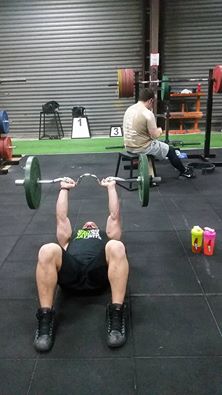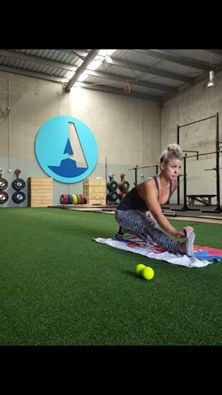
No matter the goal the variables below are a must in your training program.
Instagram: @ascension_performance_labs / @cam.j.burnside
Facebook: Ascension Performance Labs
Here are some of the most common terms in S&C defined.
Volume
This is how much work you have done or about to do for a specific exercise, session, block, or year. It is usually defined as sets and reps for a specific exercise, group of muscles, or session. Weight/tonnage is also factored in. For example, if you Deadlift 100kg 5 times, the volume for that set is 500kg. If you do that for 5 sets, the Volume/Tonnage would be 2500kg.
Intensity
This is defined as the amount of weight you can lift in relation to your 1-rep max (The maximum weight you can lift on a particular exercise). E.g. If you can Squat 100kg for your 1-rep max, and you lift 75kg for your first set, the intensity for that set is 75%.
This is an essential component to program design and implementation. Without this data you are exercising and not training.
Tempo
This describes the timing of three different phases of a lift/rep. Eccentric, Amortisation, and Concentric phases. This is expressed as three numbers.
E.g. 4-1-2. To perform a squat with this tempo, you would lower yourself to the bottom of the squat over 4 seconds, pause for 1 second in the bottom of the squat, and then stand up for 1 second.
Absolute Strength
This is the maximum amount of force that your muscles and produce in single contraction under involuntary conditions. It is extremely difficult to achieve in normal settings, including 1-rep max attempts. Absolute strength usually appears in life or death situations.
Maximum Strength
This is the amount of force your muscles can produce under voluntary conditions. This is most commonly measured through 1 rep max testing.
Relative Strength
This is the maximum amount of force your muscles can produce under voluntary conditions in relation to your body mass. E.g. you have two athletes. One weight 85kg the other weighs 77kg. The 85kg athlete can squat 200kg, the 77kg athlete can squat 190kg.
The 85kg athlete can more weight showing that they have more maximal strength (squatting 2.35 times their bodyweight) whereas the 77kg athlete squat 2.47 times their body weight, producing more force relative to their body weight.
Rate of Force Development
The speed you can reach max strength/force production. The faster your RFD, the more powerful you are. This is crucial to almost every sport.
Note: Obviously these may not always be present in every training session but these are some foundations that training is built upon.







